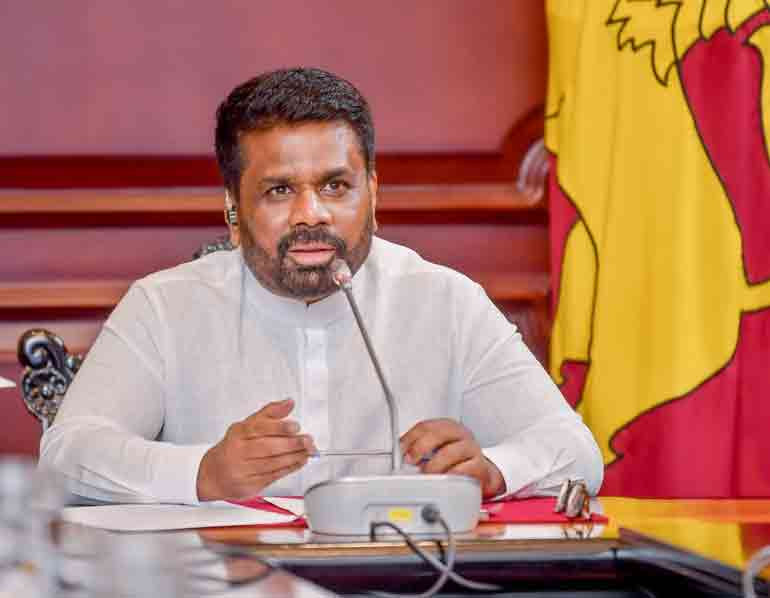
Sri Lanka Completes Over 90% of External Debt Restructuring for Economic Recovery
- CNL Reporter
- August 13, 2025
- Political
- Sri Lanka
- 0 Comments
News of the day
Sri Lanka has reached restructuring agreements with more than 98% of its external creditors and completed over 90% of its public external debt restructuring, according to a Treasury statement released after an investment call on 31 July. The call was jointly hosted by the Ministry of Finance, Planning and Economic Development and the Central Bank of Sri Lanka (CBSL), marking a significant milestone in the country’s ongoing debt resolution process.
On the bilateral front, Sri Lanka successfully concluded negotiations with major lenders including China EXIM Bank, Saudi Arabia, Japan, India, France, and Hungary, covering much of the $5.82 billion owed to the Official Creditor Committee—a group of 17 countries. Discussions with Kuwait over a $95 million debt are still underway, while other bilateral debts totaling around $200 million are near finalisation.
In terms of commercial debt, the government restructured 98% of its $10.59 billion International Sovereign Bonds (ISBs) by December 2024. Additionally, the $3.20 billion owed to China Development Bank has been restructured and implementation is complete. Remaining commercial negotiations involve two banks and some holders of 2022 Bonds who opted out of the exchange offer, representing less than $50 million in exposure. One bank has agreed to terms, and talks with the other are nearing completion. However, Hamilton Reserve Bank (HRB), claiming to hold 25% of the 2022 Bonds, has initiated legal action seeking full repayment.
Other bondholders have entered talks to settle under the “most-favoured-creditor” clause from the 2024 exchange offer. Meanwhile, SriLankan Airlines’ $175 million government-guaranteed bonds remain under negotiation. The government reiterated its commitment to finalising all outstanding talks within the coming months, adhering to the International Monetary Fund’s (IMF) debt sustainability targets and comparability of treatment principles.
To oversee these efforts, the Finance Ministry established the Public Debt Management Office (PDMO) in December 2024, which is expected to be fully operational by January 2026. The PDMO will manage proactive liability strategies and evaluate opportunities to optimize Sri Lanka’s debt portfolio.
The government also addressed concerns about Macro-Linked Bonds (MLBs), which adjust debt payments according to Sri Lanka’s economic performance. Current forecasts indicate a higher likelihood of triggering upside payment scenarios, reflecting the country’s robust economic recovery. Despite potentially higher payments under these scenarios, the MLBs are structured to maintain long-term public debt sustainability and Sri Lanka’s ability to repay its external obligations. The government affirmed strong performance under the IMF program, even assuming MLB triggers.
Total government debt stood at $101.2 billion at the end of December 2024, with an additional $4.8 billion owed by state-owned enterprises. The combined public debt was 106.2% of GDP at that time.
During the investor Q&A, officials highlighted progress on reducing U.S. trade tariffs—from an initial 44% to a finalised 20%—boosting competitiveness in key export sectors such as apparel. The government plans to work closely with exporters and local industries to recalibrate its export strategy in response.
Regarding remaining commercial creditor negotiations, one of the two banks involved has agreed to restructuring terms, with the other close to agreement. The government is actively pursuing settlements with non-participating 2022 Bondholders and SriLankan Airlines’ bondholders, aiming to conclude all processes in line with IMF-supported targets.
Looking ahead, the PDMO will continue evaluating debt management options and consider liability management exercises when appropriate. Officials emphasized that all restructuring efforts align with international standards to ensure Sri Lanka’s economic stability and continued recovery.
This progress marks a pivotal step in Sri Lanka’s efforts to restore fiscal health, strengthen investor confidence, and secure a sustainable economic future amid ongoing global uncertainties.

